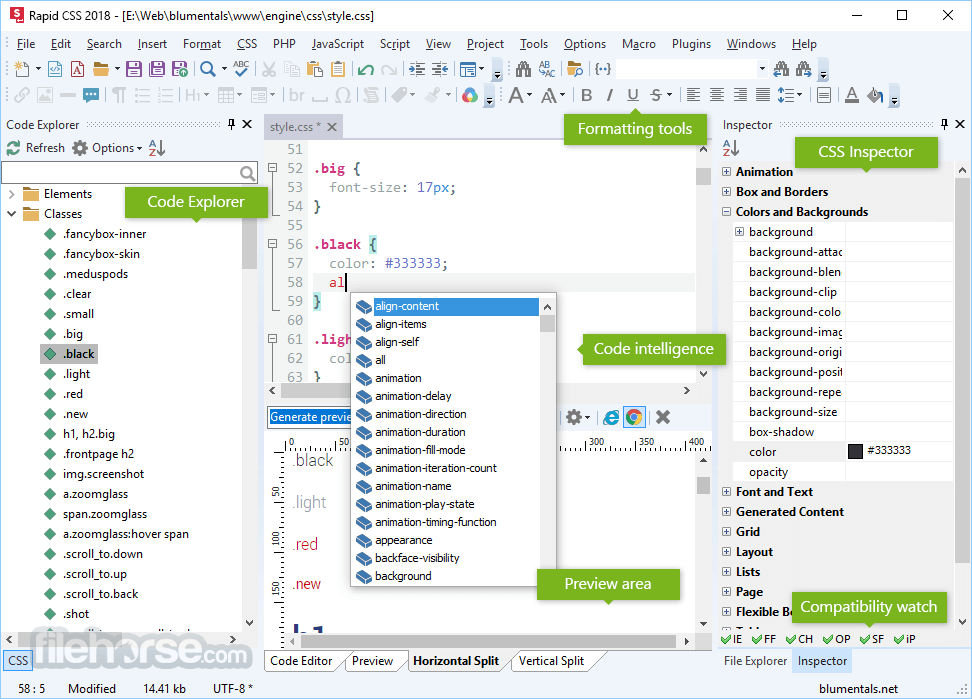
22 Following the synthesis of the cyclopropene probes, we performed a reaction between 5 and t‐butyl quinone ( 8), which proceeded with good yield in solution (75 %) at room temperature within 4 h. The aromatic fluorinated head groups were chosen to ease visualization by XPS and DART‐HRMS characterization after surface functionalization, based on previous experience. Compounds 5 and 7 were derived as fluorinated aromatic ester and carbamate, respectively, from cyclopropene alcohol 3. 18b To this end, we synthesized 1‐methylcyclopropenes 2, 5 and 7 (Scheme 2 see the Supporting Information for details). The cyclopropene probes were designed based on the balance between reactivity and stability found by Devaraj and co‐workers. We believe that the high solution‐phase yields, minute‐scale completion times for monolayer modification coupled with the ability for polymer functionalization demonstrate the wide potential of this novel reaction. Finally, we use density functional theory (DFT) to study the reaction mechanism in more detail. 17 Furthermore, we also demonstrate the quantitative nature of the reaction on surfaces and demonstrate its versatility using anti‐fouling polymer brush functionalization.

We determine the rate constants for the reaction in solution using UV spectroscopy and on a surface using DART‐HRMS. Herein, we report a novel click reaction between strained alkenes, namely 1‐methyl‐3‐substituted cyclopropenes, and o‐quinones. Based on these findings, we envisaged that cyclopropenes could serve as a potentially novel candidate for facile conjugation with o‐quinones both in solution and on surfaces. 21 Moreover, the higher stability of substituted cyclopropenes 18a as compared to TCO, an alternative strained alkene, is an additional advantage. 18 This click reaction has been widely used for glycoprotein conjugation, 19 cell imaging, 20 and so forth. Scheme showing the inspiration for strain‐promoted click reactions between quinones and cyclopropenes.ġ‐Methyl‐3‐substituted cyclopropenes have been recently reported for fast IEDDA cycloadditions with tetrazines. With this goal in mind, we hypothesized that a smaller dienophile such as a strained cyclopropene could meet these criteria. Thus, a smaller, yet fast, stable and easily synthesizable alternative is quite desirable. 17 A distinct feature of this reaction is, however, the use of a relatively large, hydrophobic eight‐membered ring, which in itself is not necessary for bio‐conjugations and typically disadvantageous in sterically crowded environments such as polymers and surfaces. In addition, when used for surface functionalization, SPOCQ achieves a rarely obtained quantitative conversion 16 within 4 h with high surface‐bound rates ( k 2=33☒ m −1 s −1). 14 An additional feature of this reaction is that quinone formation can be triggered by enzymatic 12 or electrochemical 15 oxidation, thus providing an inducible click handle. The fast kinetics of this reaction in solution ( k 2=496☗0 m −1 s −1) makes it amenable for example, accelerated site‐specific protein conjugation, 11a, 12 cell labelling 13 and hydrogel preparation.

The strain‐promoted oxidation‐controlled cyclooctyne‐1,2‐quinone cycloaddition (SPOCQ) 11 shown in Scheme 1, is another example of such a click strategy. 9 The advantages of such reactions include metal‐free conditions, 10 faster kinetics 11 and good‐to‐excellent yields. 8 There also has been a growing increase in the use of photochemical click reactions in this regard. 7 Most of these reactions involve strained reactants (alkyne or alkene) that accelerate the reaction or a highly facile bond exchange.
#Rapidclick download series
Examples include the strain‐promoted azide‐alkyne cycloaddition (SPAAC) 5-which uses a highly strained cyclooctyne motif-a range of inverse electron‐demand Diels–Alder (IEDDA) reactions such as the tetrazine‐ trans‐cyclooctene (TCO)/cyclopropene click, 6 and most recently a series of sulfur‐fluoride exchange (SuFEx) reactions. Specifically the development of metal‐free click reactions 5 that are either strain‐promoted or catalyzed by simple bases is noteworthy. 3 Since the introduction of the copper‐catalyzed azide alkyne cycloaddition (CuAAC), 4 major advances have been made in this regard. The discovery and application of novel click reaction strategies is a growing domain 1 that has garnered significant interest amongst (bio‐)organic 2 and material chemists.


 0 kommentar(er)
0 kommentar(er)
